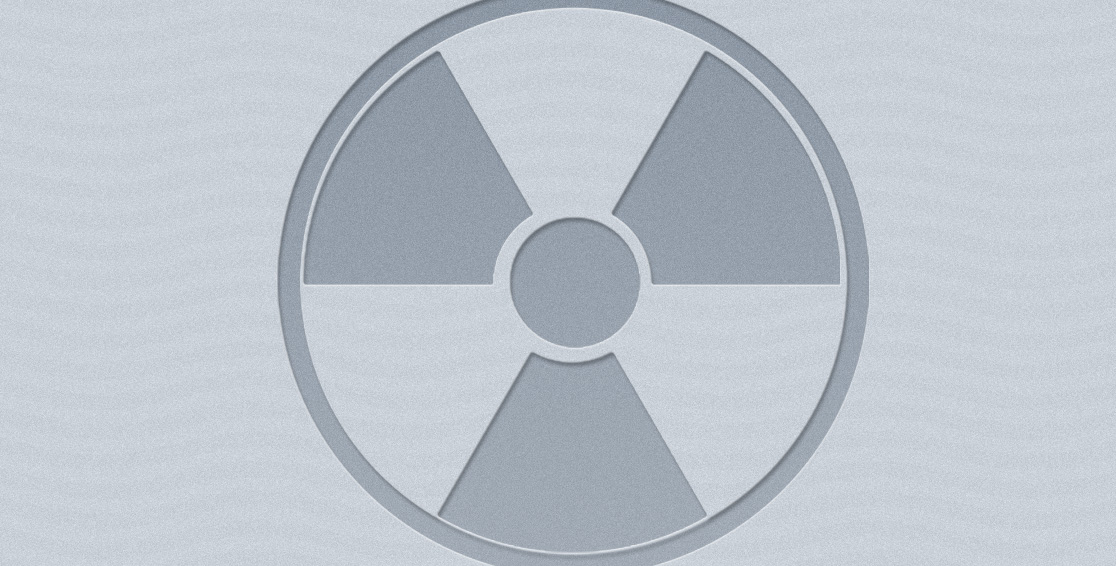A range of potential safety issues identified following a review of the Ministry of Defence's nuclear weapons and nuclear submarine programmes need further investigation, according to the Defence Nuclear Safety Regulator (DNSR).
The safety review was conducted by DNSR in the light of the Fukushima nuclear accident, following a similar review undertaken by the Office for Nuclear Regulation (ONR) in the civil nuclear sector.
Although the review "did not identify any major issues", concluding that it is safe to continue with current operations, a number of areas have been identified where a wide range of further studies – representing a “significant workstream” – will be required, with operators being expected to provide feedback on progress to DNSR following regular scheduled reviews of safety.
Issues highlighted in the review include risks from extreme weather, flooding, and earthquakes. Facilities for storage of spent reactor fuel at the HMS Vulcan nuclear reactor test establishment at Dounreay in northern Scotland were found to be unable to meet the one in ten thousand years standard at nuclear sites for withstanding extreme weather events. The review concluded that “the most appropriate way ahead seems to be to remove the fuel rather than update the surrounding building” – although no firm proposals for doing this have yet been prepared.
At the Clyde Naval Base – home to the Royal Navy's Vanguard and Astute class submarines – clarification was needed over whether buildings with nuclear functions would be able to withstand extreme weather conditions and whether supplies of seawater to a submarine on the Faslane shiplift could be maintained,
Hazards from toppling dockside cranes caused by heavy winds are “dependent on the facility in question”. DNSR's “preference” is for the use of less heavy cranes which would not damage a submarine should they topple, but the review stops short of stating whether all cranes at submarine bases comply with this preference.
Lightning strike “is a hazard” at Atomic Weapons Establishment (AWE) sites where high explosives are handled, but the report admits that AWE sites will not meet modern standards to defend against lightning strike until new buildings currently under construction have been completed.
Known flood problems at AWE had “disrupted normal site operations and led to delays to work programmes”. Site emergency arrangements during a severe flooding event at AWE require further review, and site emergency training and exercise programmes will also be evaluated. “Further thought” is required to ensure that individual facilities can be made safe or provided with emergency back-up support in the event of an extreme natural event.
Flooding also posed risks at the Devonport Naval Base, where an assessment found that beyond design basis floods “warrant further investigation”.
Safety assessments for predicting the impact of earthquakes were found to be inconsistent between different nuclear sites. Ground acceleration predictions used at AWE and at HMS Vulcan were “significantly lower” than those for the Clyde submarine base, Devonport dockyard, and the BAE Systems shipyard at Barrow-in-Furness where nuclear powered submarines are built. DNSR found that “there may be a need” to determine which of the hazard assessments was most appropriate.
“It was not normal practice” to protect essential site support facilities such as fire stations, emergency control centres, and maintenance buildings at MoD nuclear sites from earthquakes, and the review indicated that “additional study of this aspect might be undertaken”.
At AWE sites there was a “requirement to ensure that heavy objects do not fall onto explosives during an earthquake”. Potential shortfalls in the seismic capability for an AWE facility were identified which, once again, would only be resolved by construction of a new facility.
DNSR was unable to assess the impact of a severe earthquake that might cause major disruption at a nuclear site, and concluded that “studies are merited to develop understanding of whether targeted improvements to the general defence nuclear infrastructure might be of benefit” in improving the response to such an emergency.
DNSR asked operators of all areas of the MoD's nuclear programme to assess safety against a programme of 'stress tests' set out by the European Commission and against compliance with recommendations made in the ONR's Fukushima review
Site operators were asked to undertake a 'creative review' by taking a broad view and using imagination to identify potential accidents which might arise. Only one operator, BAE Systems, identified a sufficient number and range of considerations for DNSR to rate as being “indicative of a thorough “Creative Review””, identifying 34 areas requiring further work at the Barrow shipyard.
The study did not address safety issues relating to the transport of special nuclear materials or submarine reactor fuel.
45 of the 65 pages in the DNSR consist of background information and appendices. The report stresses the “inherent robustness” of submarine reactor and nuclear warhead designs, and states that findings were published “to the extent that national security constraints allow.
